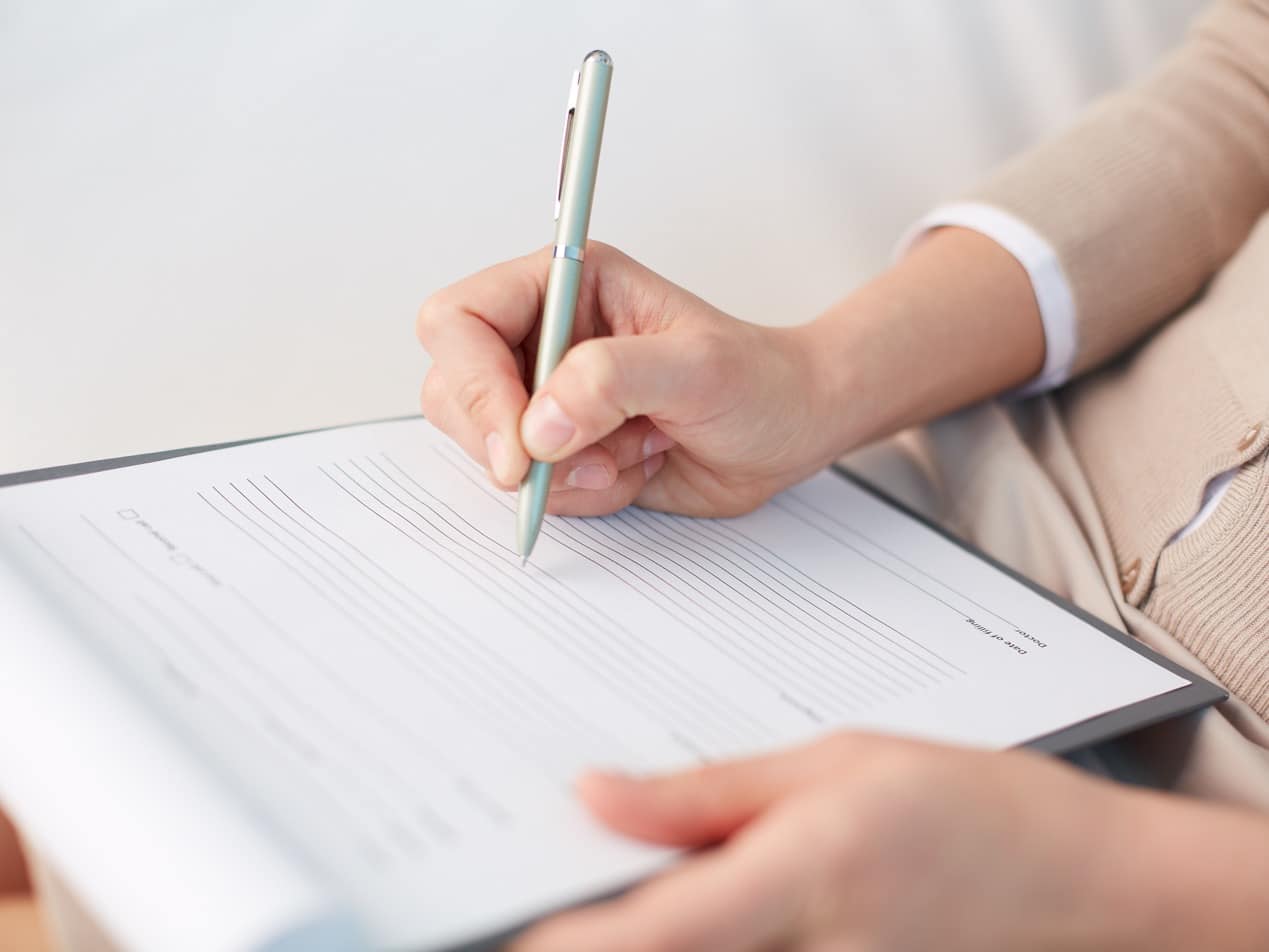
Therapy notes contain sensitive information about a patient's mental health and treatment, so it's vital to protect their confidentiality. These notes treated differently from other mental health information because they contain particularly sensitive information and are the therapist's personal notes. So maintaining patient privacy and complying with HIPAA regulations are critical aspects of therapy note management.
Here are nine ways that therapists can ensure patient privacy and HIPAA compliance with therapy notes:
1. Use Secure Storage
To comply with HIPAA regulations, therapy notes must be stored in a secure location that limits access to authorized personnel only. Unauthorized access, theft, or loss can lead to HIPAA violations and compromise the patient's privacy. To ensure secure storage, therapists can take the following steps:
- Store therapy notes in a locked filing cabinet or password-protected electronic health record (EHR) system.
- Ensure that only authorized personnel have access to the notes.
- Use an EHR system that meets HIPAA security standards and ensure that the server's physical location is secure.
2. Use De-Identified Information
Using de-identified information in therapy notes can help protect patient privacy. De-identified information is information that cannot be used to identify an individual.
- Use initials or a pseudonym instead of full names.
- Avoid including specific identifying details, such as a patient's address, social security number, or birthdate.
- Use generic descriptions of the patient's presenting problem rather than particular details that could identify the patient.
3. Use Secure Methods of Communication
Therapists often need to communicate with other healthcare providers about a patient's mental health treatment. Transmission of therapy notes should be done securely to protect patient privacy. To use secure methods of communication:
- Use HIPAA compliant email or secure messaging platforms that meet regulatory standards to send therapy notes or other patient information.
- Avoid discussing patient information over the phone or via unsecured email.
- Verify the identity of the person you are communicating with before sharing patient information.
4. Obtain Written Consent
According to the Department of Health & Human Services, "with few exceptions, the Privacy Rule requires a covered entity to obtain a patient's authorization prior to a disclosure of psychotherapy notes for any reason."
HIPAA regulations thus require therapists to obtain written consent from patients before sharing therapy notes with anyone. Getting written permission also helps patients understand how their therapy notes will be used and who will access them.
- Use a consent form that is specific to therapy notes.
- Explain to the patient why their notes may need to be shared and with whom.
- Ensure that the patient understands the potential risks of sharing their notes, including the possibility of a breach.
5. Use Best Practices for Technology
If therapy notes are stored electronically, use best practices for technology to protect patient privacy. Electronic therapy notes are vulnerable to cyber threats, and the patient's privacy can be compromised without proper protection.
- Use strong passwords and two-factor authentication to protect electronic systems.
- Keep software up to date to ensure that security patches are in place.
- Use an EHR system with robust security features and is also HIPAA compliant.
6. Train Staff
All staff members with access to a patient's notes must receive training on HIPAA compliance and patient privacy. The staff members must know how to handle and store therapy notes appropriately to prevent a data breach.
- Explain the importance of patient privacy and HIPAA compliance.
- Provide guidelines on how to handle and store notes securely.
- Inform staff members about the potential consequences of violating HIPAA regulations.
7. Limit Access to Therapy Notes
Access to therapy notes should be limited to authorized personnel only. Therapists should ensure that staff members with access to therapy notes understand their responsibilities and follow HIPAA regulations. Additionally, therapists should review access logs regularly to ensure no unauthorized access.
8. Develop a Breach Notification Plan
Data breaches can still occur despite the best efforts to protect patient privacy. Therefore, therapists should have a breach notification plan to respond promptly and appropriately to a data breach. The plan should include the following:
- A protocol for investigating a data breach and determining the scope of the breach.
- A procedure for notifying patients and other affected parties of the data breach.
- A plan for mitigating the effects of the data breach and preventing future breaches.
9. Document HIPAA Compliance Efforts
Therapists should document their HIPAA compliance efforts to demonstrate they are taking appropriate steps to protect patient privacy. Documentation can include written policies and procedures, training logs, risk assessments, and breach notification plans. Documentation can also serve as evidence of HIPAA compliance in the event of an audit or investigation.
Maintaining patient privacy and complying with HIPAA regulations are critical aspects of therapy note management. But the most fundamental reason to safeguard patients' therapy notes is trust. Patient trust is vital to care and treatment adherence, so place patients first with the above steps.
Subscribe to Paubox Weekly
Every Friday we'll bring you the most important news from Paubox. Our aim is to make you smarter, faster.



 Dean Levitt
Dean Levitt


